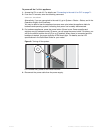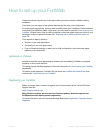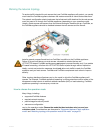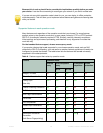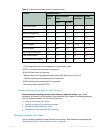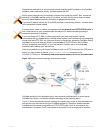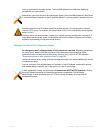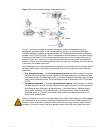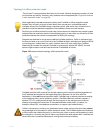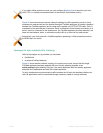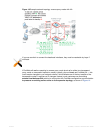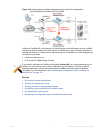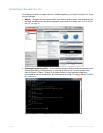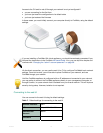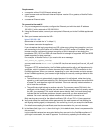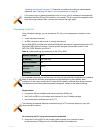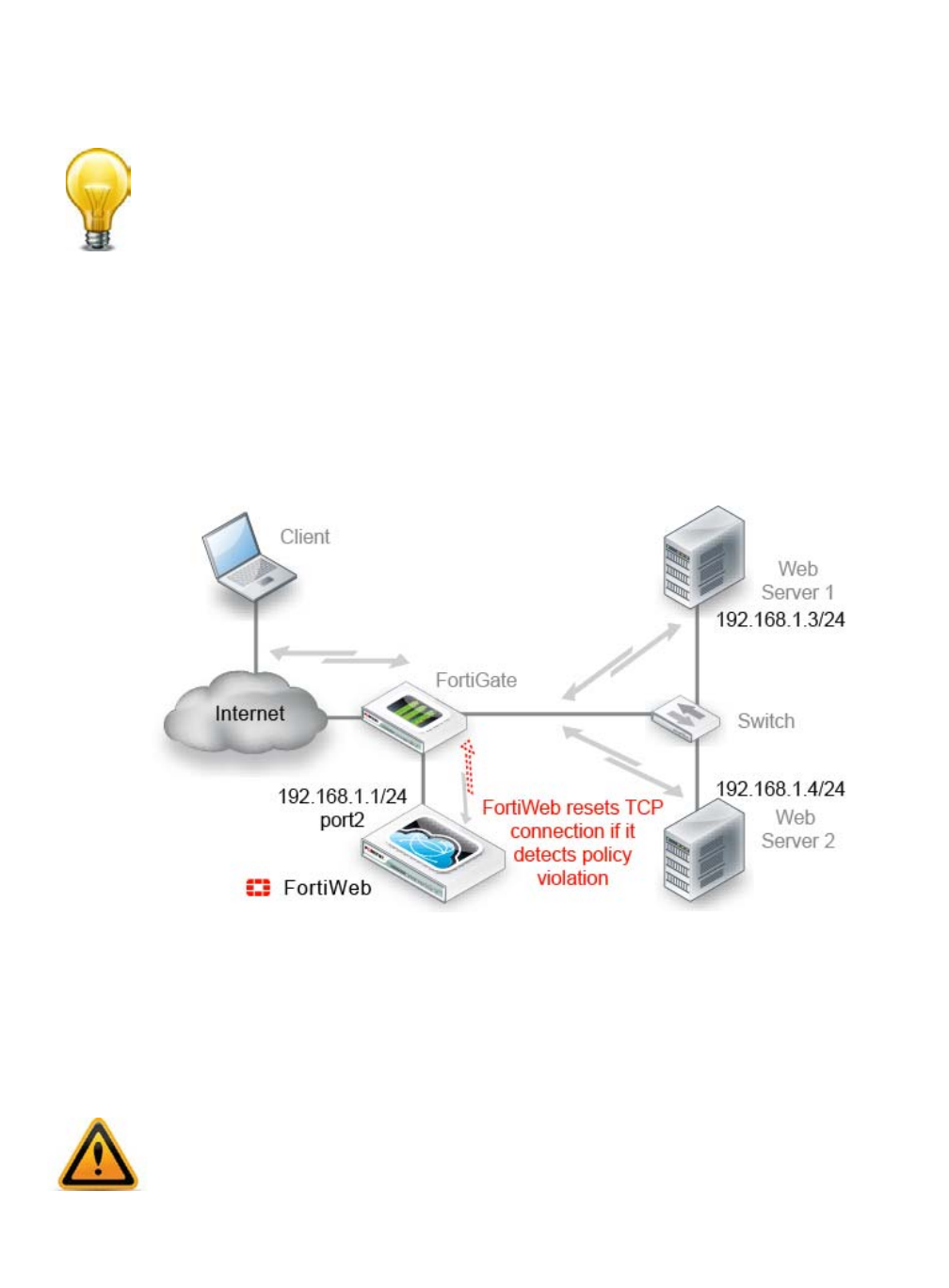
Fortinet 67 FortiWeb 5.0 Patch 6 Administration Guide
Topology for offline protection mode
“Out-of-band” is an appropriate descriptor for this mode. Minimal changes are required. It does
not introduce any latency. However, many features are not supported (see “Supported features
in each operation mode” on page 62).
Requests are destined for a web server, not the Fo
rtiWeb appliance. Traffic is duplicated from
the flow and sent on an out-of-line link to the FortiWeb through a switched port analyzer (SPAN
or mirroring) port. Unless there is a policy violation, there is no reply traffic from FortiWeb.
Depending on whether the upstream firewalls or routers apply source NAT (SNAT), the web
servers might be able to see and use the source IP addresses of clients.
Figure 12:Example network topology: offline protection mode
FortiWeb monitors traffic received on the data capture port’s network interface (regardless of
the IP address) and applies the first applicable policy. Because it is not inline with the
destination, it does not forward permitted traffic. FortiWeb logs or blocks violations according
to the matching policy and its protection profile. If FortiWeb detects a malicious request, it
sends a TCP RST (reset) packet through the blocking port to the web server and client to
attempt to terminate the connection. It does not otherwise modify traffic. (It cannot, for
example, offload SSL, load-balance connections, or support user authentication.)
Most organizations do not permanently deploy their FortiWeb in offline protection mode.
Instead, they will use it as a way to learn about their web servers’ vulnerabilities and to
configure some of the FortiWeb during a transition period, after which they will switch to an
operation mode that places the appliance inline (between clients and web servers).
Switching out of offline protection mode when you are done with transition can prevent bypass
problems that can arise as a result of misconfigured routing. It also offers you the ability to offer
protection features that cannot be supported in a SPAN port topology.
Unlike in reverse proxy mode or true transparent proxy mode, actions other than Alert cannot
be guaranteed to be successful in offline protection mode. The FortiWeb appliance will attempt
to block traffic that violates the policy by mimicking the client or server and requesting to reset
the connection. However, the client or server may receive the reset request after it receives the
other traffic due to possible differences in routing path metrics and latency.



